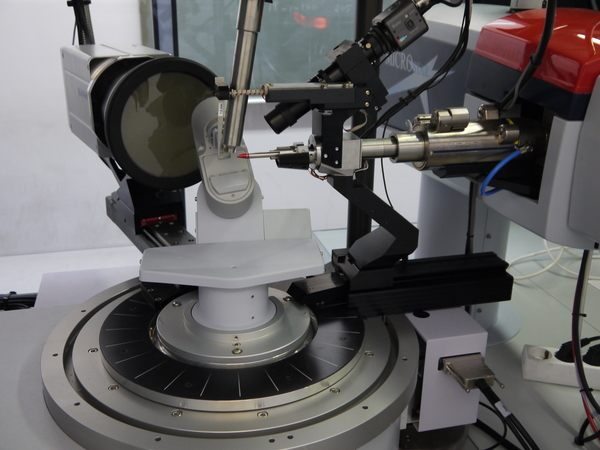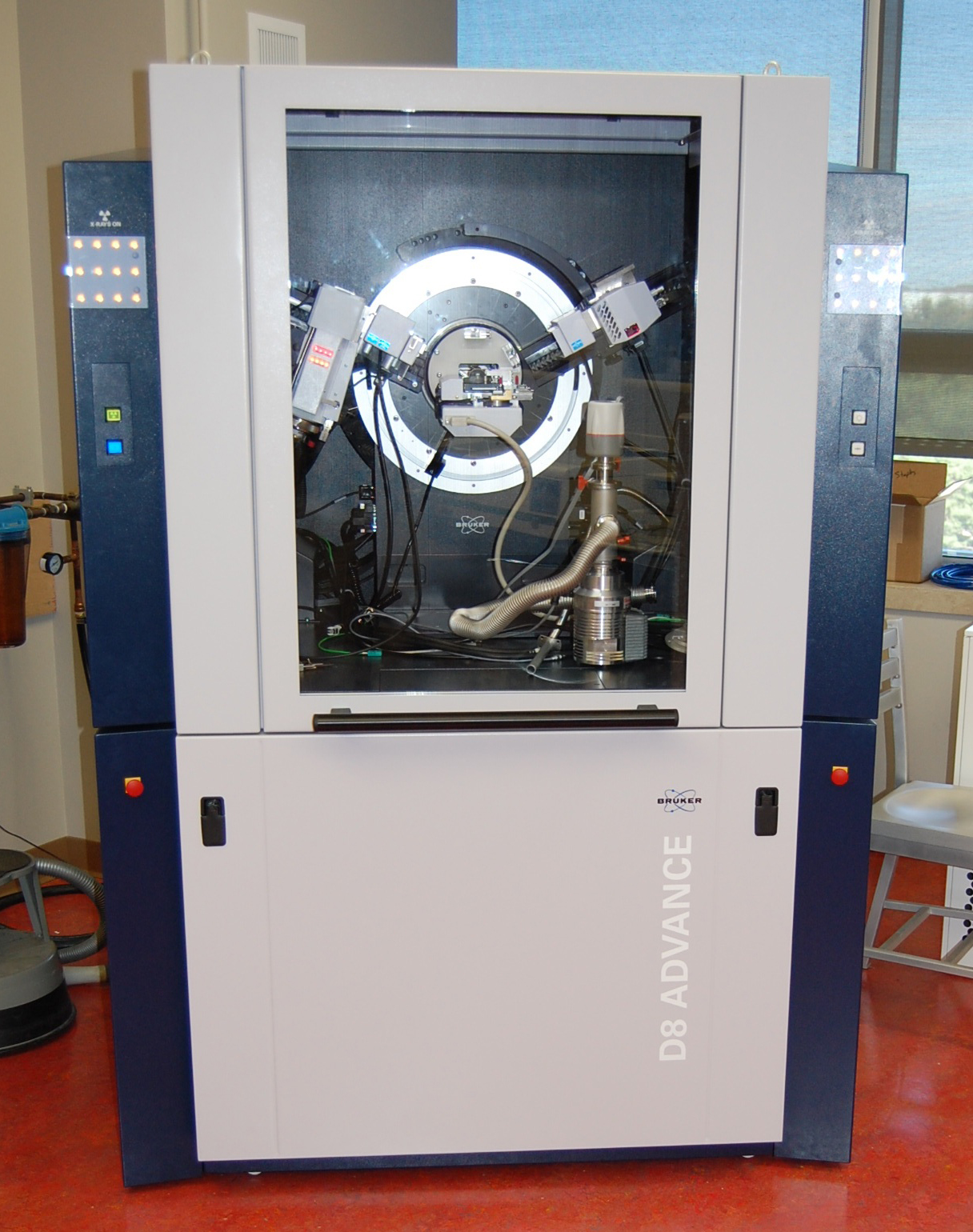

in Electroactivity in Polymeric Materials (ed. Direct measurement of piezoelectric shear coefficient. Possible species of ‘ferroelastic’ crystals and of simultaneously ferroelectric and ferroelastic crystals.

Multiaxial molecular ferroelectric thin films bring light to practical applications.

An organic-inorganic perovskite ferroelectric with large piezoelectric response. A molecular perovskite solid solution with piezoelectricity stronger than lead zirconate titanate. Photoflexoelectric effect in halide perovskites. Large electrostrictive response in lead halide perovskites. Chemically diverse and multifunctional hybrid organic–inorganic perovskites. Templating and structural engineering in organic–inorganic perovskites. The selection of mechanical actuators based on performance indices. A brief review of stimulus-active polymers responsive to thermal, light, magnetic, electric, and water/solvent stimuli. Progress in high-strain perovskite piezoelectric ceramics. Giant magnetic-field-induced strains in polycrystalline Ni–Mn–Ga foams. Physical metallurgy of Ti–Ni-based shape memory alloys. Dynamics of ferroelastic domains in ferroelectric thin films. Magnetic-field-induced twin boundary motion in magnetic shape-memory alloys. Shape memory and superelastic ceramics at small scales. Large electric-field-induced strain in ferroelectric crystals by point-defect-mediated reversible domain switching. High-speed electrically actuated elastomers with strain greater than 100%. Ultrahigh strain and piezoelectric behavior in relaxor based ferroelectric single crystals. A review of shape memory alloy research, applications and opportunities. The electromechanical properties of these compounds suggest their potential in lightweight and high-energy-density devices, and the strategy described here could inspire the development of next-generation piezoelectrics and electroactive materials based on hybrid ferroelectrics.

Furthermore, Br substitution can soften the bonds, allowing a sizable shear piezoelectric coefficient ( d 35 ≈ 4,830 pm V −1) at the Br-rich end of the solid solution, C 6H 5N(CH 3) 3CdBr 3 xCl 3(1− x). It is achieved by inorganic bond switching and facilitated by structural confinement of the large organic moieties, which prevents undesired 180° polarization switching. Here we demonstrate a large shear strain of up to 21.5% in a hybrid ferroelectric, C 6H 5N(CH 3) 3CdCl 3, which is two orders of magnitude greater than that in conventional ferroelectric polymers and oxides. However, large-strain ferroelastic switching in conventional ferroelectrics is very challenging, while magnetic and thermal controls are not desirable for practical applications. Among them, ferroelastic transitions underpin giant reversible strains in electrically driven ferroelectrics or piezoelectrics and thermally or magnetically driven shape memory alloys 7, 8. Materials that can produce large controllable strains are widely used in shape memory devices, actuators and sensors 1, 2, and great efforts have been made to improve the strain output 3, 4, 5, 6.


 0 kommentar(er)
0 kommentar(er)
